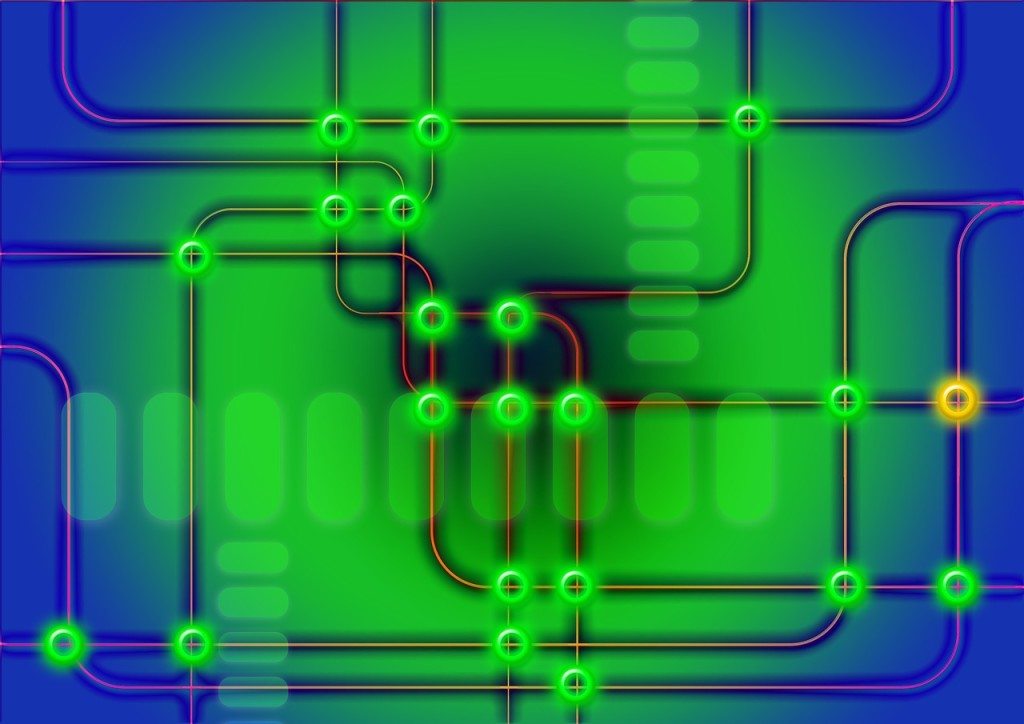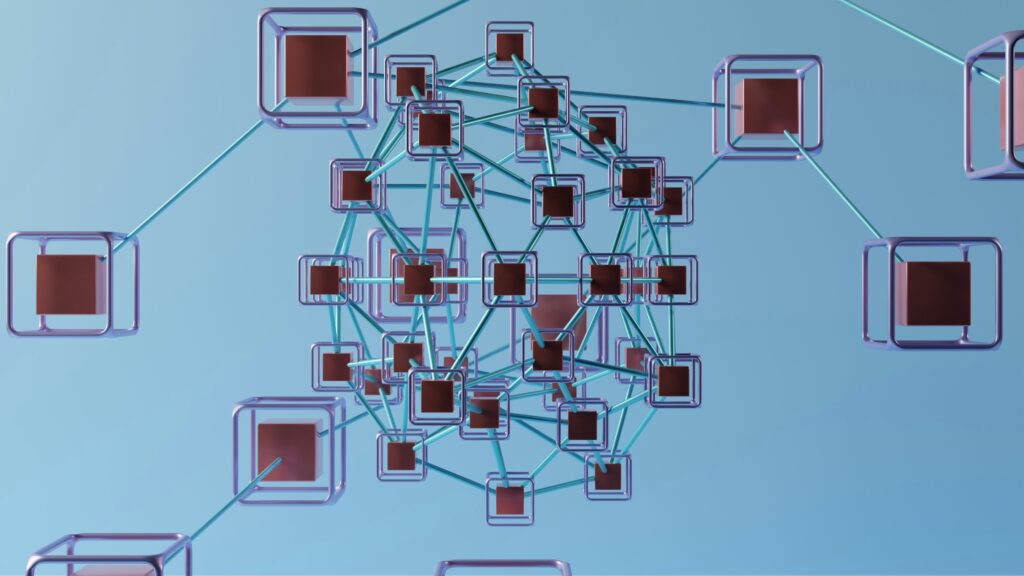Life in the Internet age is fast-paced. The Internet is the backbone of all that instantaneous data and real-time information, which means the data center has to be more fluid and more dynamic than ever before. A traditional data center simply can’t keep up any more, which is why organizations need to jump on board with the software-defined data center concept:
The writing has been on the wall for years. The evolution from virtualization to DevOps, to containers, to a microservices architecture points to the inevitability of the software-defined data center (SDDC). Try to resist if you like, but stubbornly clinging to the idea of a hardware-defined data center will leave you at a competitive disadvantage in more ways than one.
Defining the software-defined data center
To illustrate the value of SDDC as opposed to a hardware-defined data center, let’s consider a glass of water. The glass is a hardware-defined vessel for the water. It can only hold the volume of water it can hold, and if your need for water exceeds the capacity of the glass, you’re out of luck.
A software-defined version of the glass of water would be a vessel that can be dynamically sized as the amount of water changes. You aren’t constrained by the physical dimensions of the glass.
In a traditional, on-premise, hardware-defined data center, you’re limited by the physical attributes of the available resources. The routers, switches, servers, network cables, and other aspects of the data center dictate what you’re capable of doing from a software perspective. If the demands placed on the network infrastructure exceed its capacity, performance will suffer or you may crash the whole network.
The Wikipedia entry for software-defined data center describes the SDDC and its core components:
The software-defined data center encompasses a variety of concepts and data center infrastructure components, and each component can be provisioned, operated, and managed through an application programming interface (API). The core architectural components that comprise the software-defined data center include the following:
- Computer virtualization, which is a software implementation of a computer
- Software-defined networking (SDN), which includes network virtualization, is the process of merging hardware and software resources and networking functionality into a software-based virtual network
- Software-defined storage (SDS), which includes storage virtualization, suggests a service interface to provision capacity and SLAs (service level agreements) for storage, including performance and durability
- Management and automation software, enabling an administrator to provision, control, and manage all software-defined data center components
Robert Wipfel claims that software already defines your data center, whether you believe it or not. “A lot has changed in the past two decades: X86 servers, Ethernet, storage networking (SAN and NAS), high-availability clusters enabled by shared (network) storage, storage and server virtualization, flash storage, software-defined networking, and now, software-defined storage.”
Thanks to cloud services, virtualization, and DevOps, though, you can adopt a more agile, secure, and scalable network by embracing the software-defined data center. In an SDDC, the applications running on the network are able to create, provision, and deploy network resources in real time—adding or removing routers, switches, and servers as the need arises.
Gene Kim, coauthor of The Phoenix Project: A Novel About IT, DevOps, and Helping Your Business Win and the upcoming DevOps Cookbook, shared a quote with me: Courtney Kissler, Nordstrom’s VP of e-commerce and store technologies, once said: “Nordstrom went from optimizing for IT cost to optimizing for delivery speed.” As Kim explains, “This means that every technology organization needs to be able to transform ideas into working functionality that creates value for customers, whether you’re a Google or Amazon, or you’re a retailer, manufacturer, [or] financial services. That means you need not only world-class development processes but infrastructure processes as well—and that’s where software-defined data centers become absolutely relevant.”
See the full story at TechBeacon: Why you should embrace the software-defined data center.
- AI Voice Clones and Mobile Phishing: The Cyber Threats You’re Not Ready For - July 11, 2025
- Rethinking Cloud Security for the Evolving Threat Landscape - July 11, 2025
- Why Data Security Is the Real AI Risk - June 30, 2025




Comments are closed.